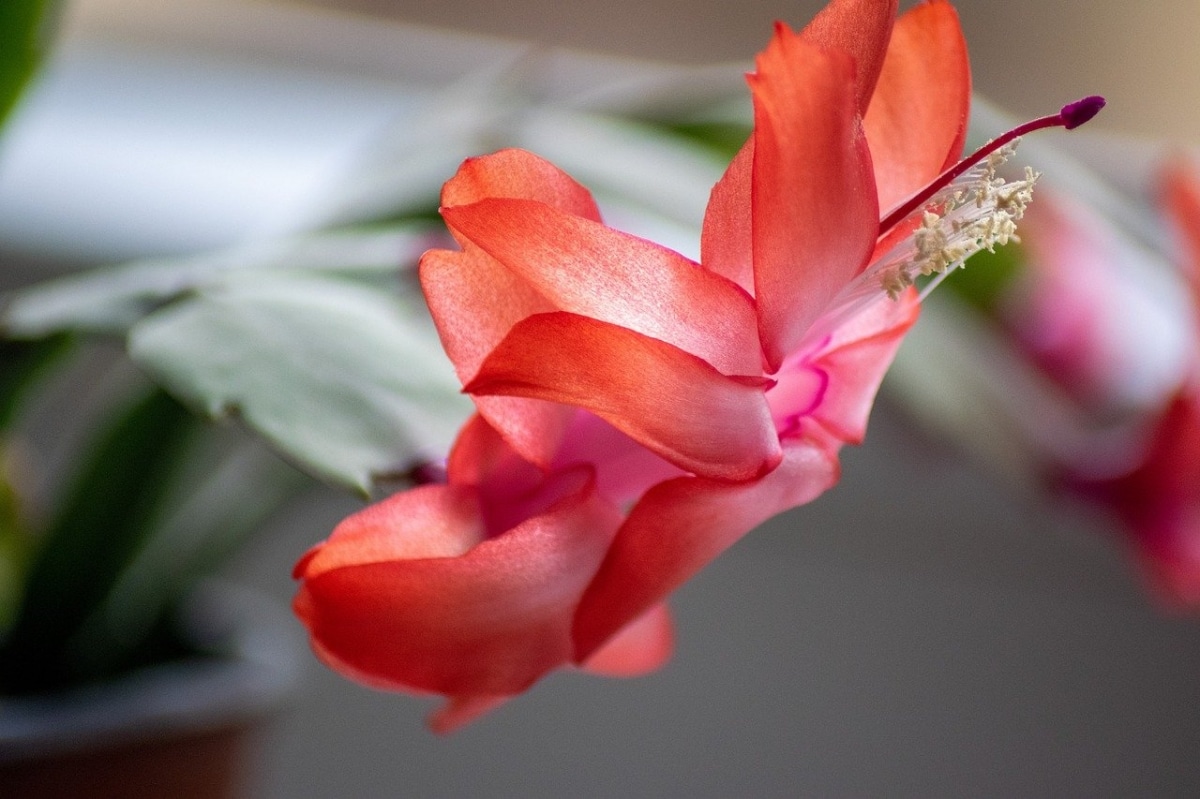
The Christmas cactus is a very special succulent: it has practically flat stems, with photosynthetic capacity (hence they are green, since they have chlorophyll, which is the pigment that gives it that color), and it also blooms in winter-early spring. In this sense, it is one of the cacti that produces flowers earlier.
What happens is that There are many Christmas cactus problems that can arise at any time. Appearance of burns, stems that become soft, flower buds that do not open even when it is time ... What to do to correct them?
Christmas cactus pests
We are going to focus first on the pests that our plant can have. And it is necessary to bear in mind that its stems are a delicacy for many insects, so it is important to examine it from time to time in order to detect any plague in time.
Snails and slugs
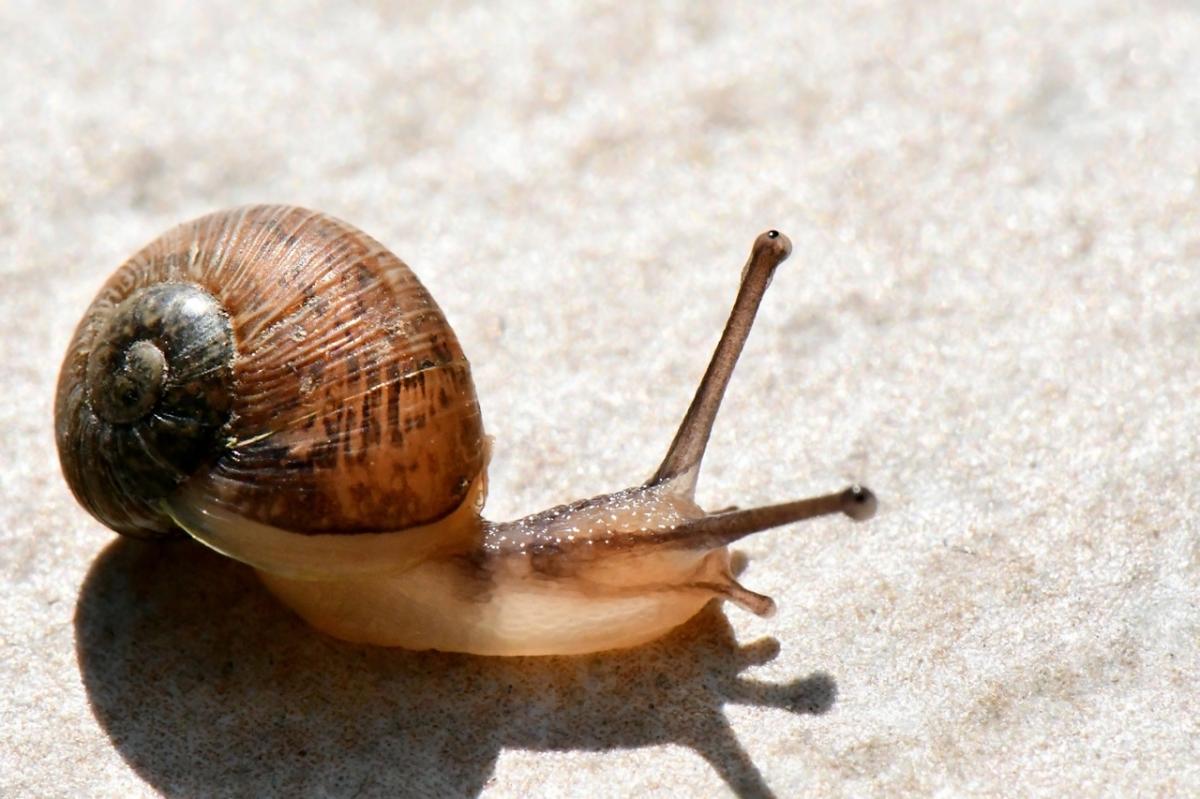
Both snails as slugs They are potential cactus eaters. It does not matter if they have thorns or not: these mollusks enjoy eating the most tender parts of these plants. Furthermore, the Christmas cactus is very vulnerable, since it lacks protection weapons.
For this reason, during the rainy season, or when there is a forecast that it is going to rain, if you have it outside, the ideal would be to put it at home for a few days. Another option is to use snail and slug repellants, or molluscicides (be careful if you have pets, as they are toxic to them).
Mealybugs
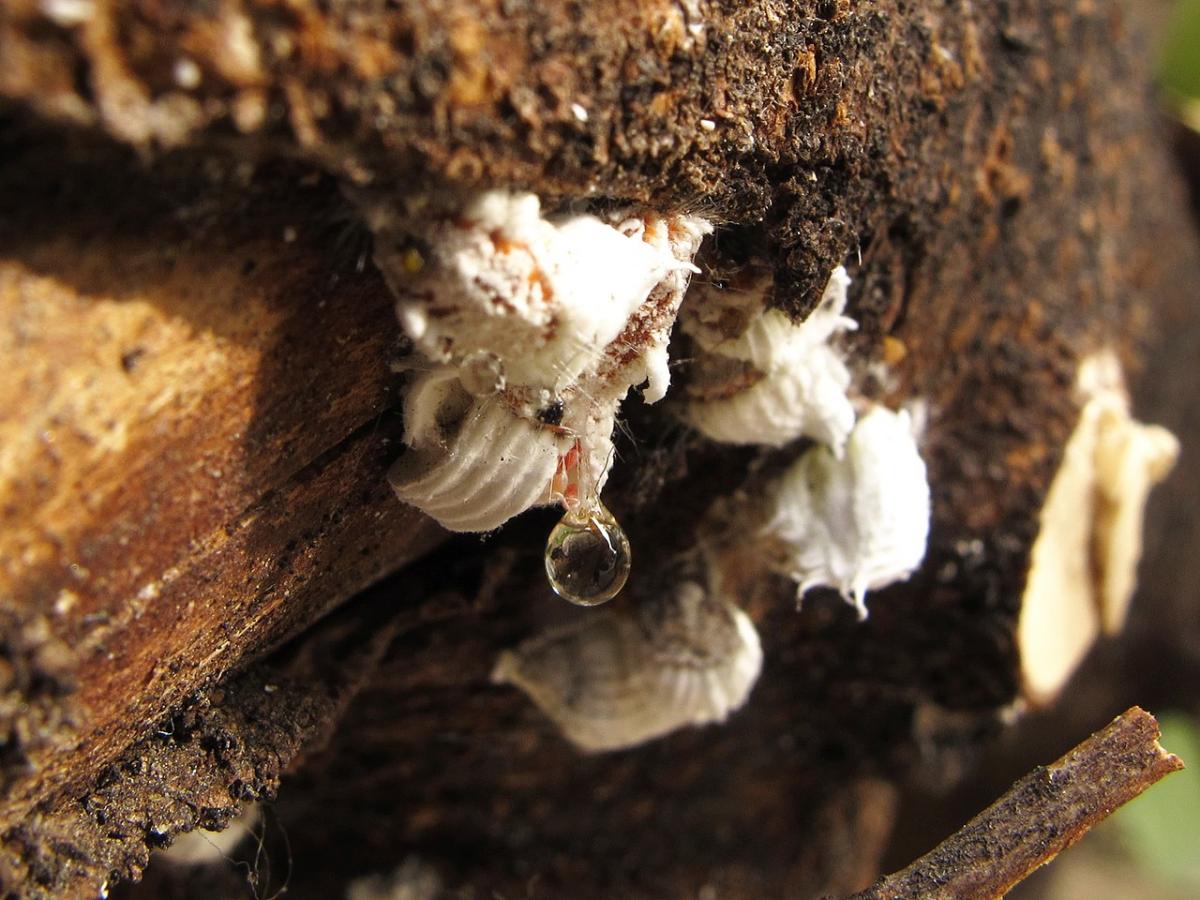
Image - Wikimedia / jacilluch
Mealybugs are the most common pest, not only in the Christmas cactus but in all types of cacti and succulents. Of the many varieties out there, the cottony mealybug and the coat of arms are the most problematic, and those that appear every year, especially in summer. Their bodies may look like tiny cotton balls, or have a brown or reddish-brown protective shield and look like a "limpet."
In any case, they are sap-sucking animals, which can be quickly removed by cleaning the cactus with mild soap and water. Although if they reappear, I recommend the use of diatomaceous earth, since it is an effective natural insecticide capable of eradicating the pest of mealybugs almost overnight.
Ants
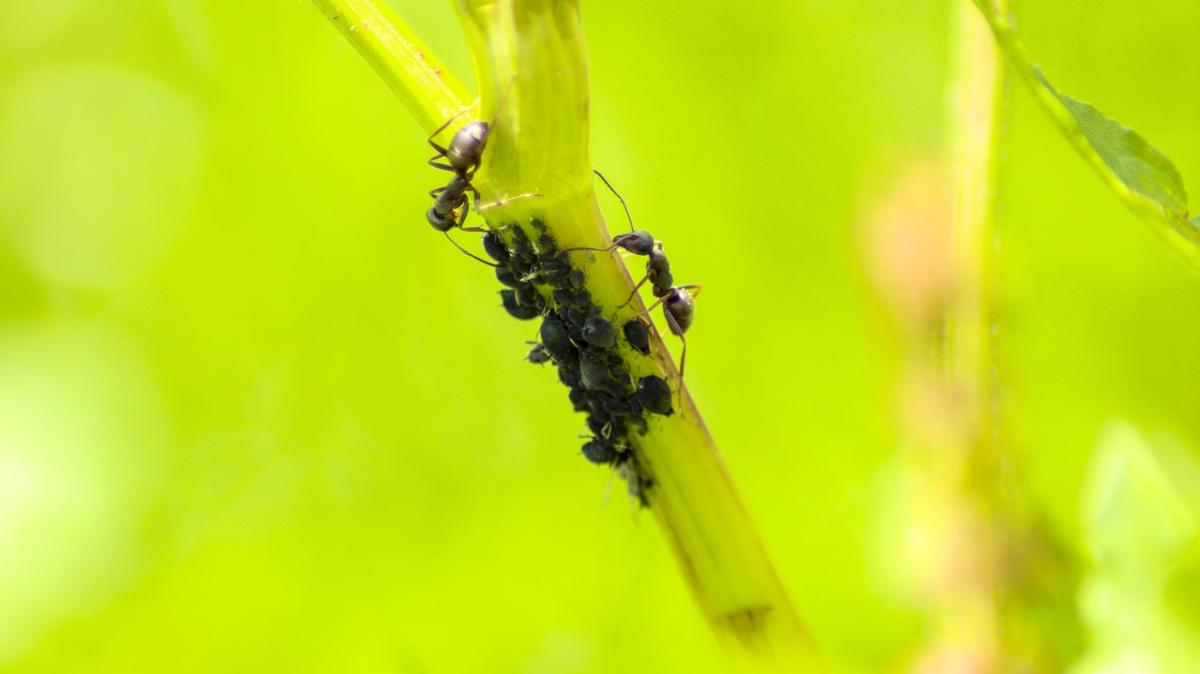
All the ants they are insects that, really, They are not a plague of cacti, but rather animals that appear when there is already another that has something (molasses) that attracts them. This honeydew is a substance secreted by aphids, mealybugs and whiteflies, so if we eliminate them, the ants will go away.
But be careful: remember that these insects also help pollination of flowers, so if your Christmas cactus is healthy, don't worry if you see an ant.
Aphids
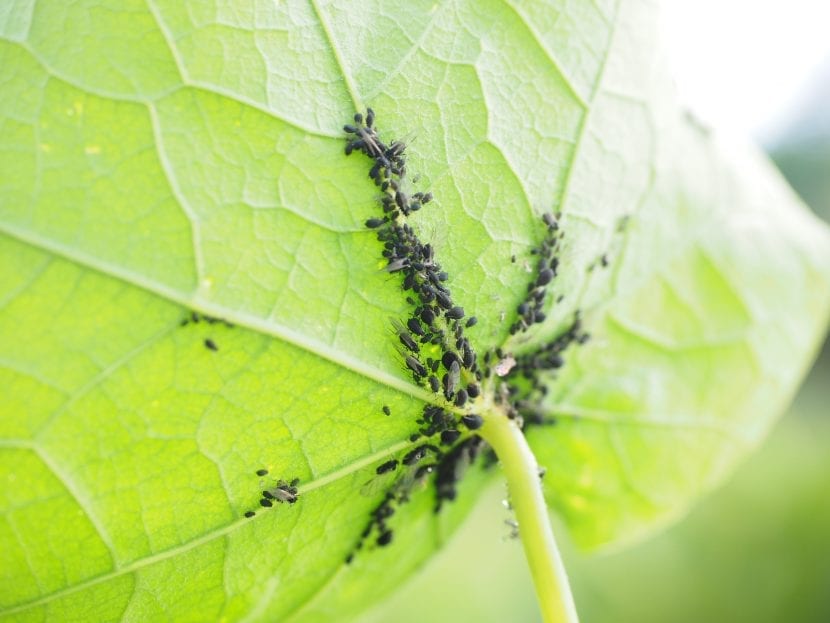
Aphids They are small insects, measuring about 4 millimeters, yellow, green, gray or black in color. They have a curious body: a very small head, and a ball-shaped abdomen, also small but quite large in proportion to the rest of the body.
Like mealybugs, they also feed on sap, but they prefer that of flower buds, although they can be found on stems. Fortunately, they can be treated with soap and water, potassium soap (on sale here) or diatomaceous earth (for sale here).
Other Christmas cactus problems
In addition to pests, there are other problems that can affect the Christmas cactus, and they are the following:
Dehydration
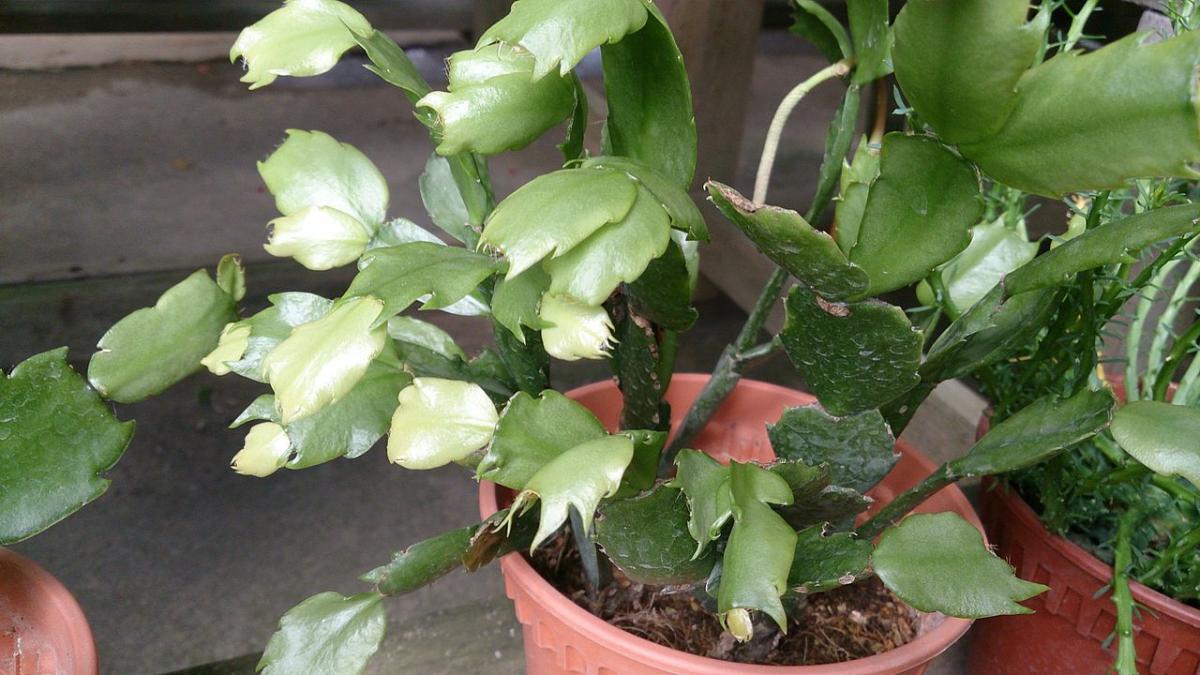
Image - Wikimedia / Mokkie
Dehydration It is caused by lack of water, which in turn can be caused either by lack of irrigation, by a substrate unable to absorb water, or by both. This shortage causes the stems of the Christmas cactus to "wrinkle", and the earth bread to dry out so much that it ends up becoming too compact.
To correct it, we have to put the plant in a basin of water for half an hour. In this way, the soil will rehydrate, and with it the plant. But anyway, it will not be too much to put a new substrate, in spring, composed of equal parts peat and perlite so that it does not happen again.
Does not bloom
If the Christmas cactus does not bloom we have to ask ourselves if it is because it lacks space, light, or both. Although it is a relatively small plant, if it is grown in a pot it is important that it be transplanted as soon as it is noticed that it has occupied all the available space, throughout the spring. In addition, it does not have a very high light requirement either, but for it to flourish it must be placed in a bright area.
Likewise, remember that it blooms in winter / early spring. So you can pay with a fertilizer for cacti all year round, but especially in those two seasons, following the indications that we will find on the package.
Decay
When it receives more water than it needs and consequently the soil remains wet longer than would be suitable, the roots rot. In doing so, the stems become soft.
To avoid losing it you have to act fast: remove the plant from the pot, wrap the soil with double-layer absorbent paper (put a new one if you see that it gets soaked quickly), and leave it like that for a couple of days, protected from the sun and in a dry place.
Afterwards, replant it in a new pot, with holes in its base, and treat it with a copper-based fungicide (on sale here). Don't water for a week.
Burns
The burns can be produced by direct sun, the solar rays that pass through the glass of a window and hit the cactus, or from an irrigation done by wetting the plant at the moment in which the light hits it. To do?
Well, it will depend on the case:
- Direct sunburn: it is time to protect the plant, taking it to a shady or semi-shady area.
- Burns from lightning through the window: you have to take the cactus to an area away from the glass.
- Irrigation burns »from above»: It is important that the plant does not get wet when it is watered, to prevent it from burning, because the treatment consists of stopping watering in this way.
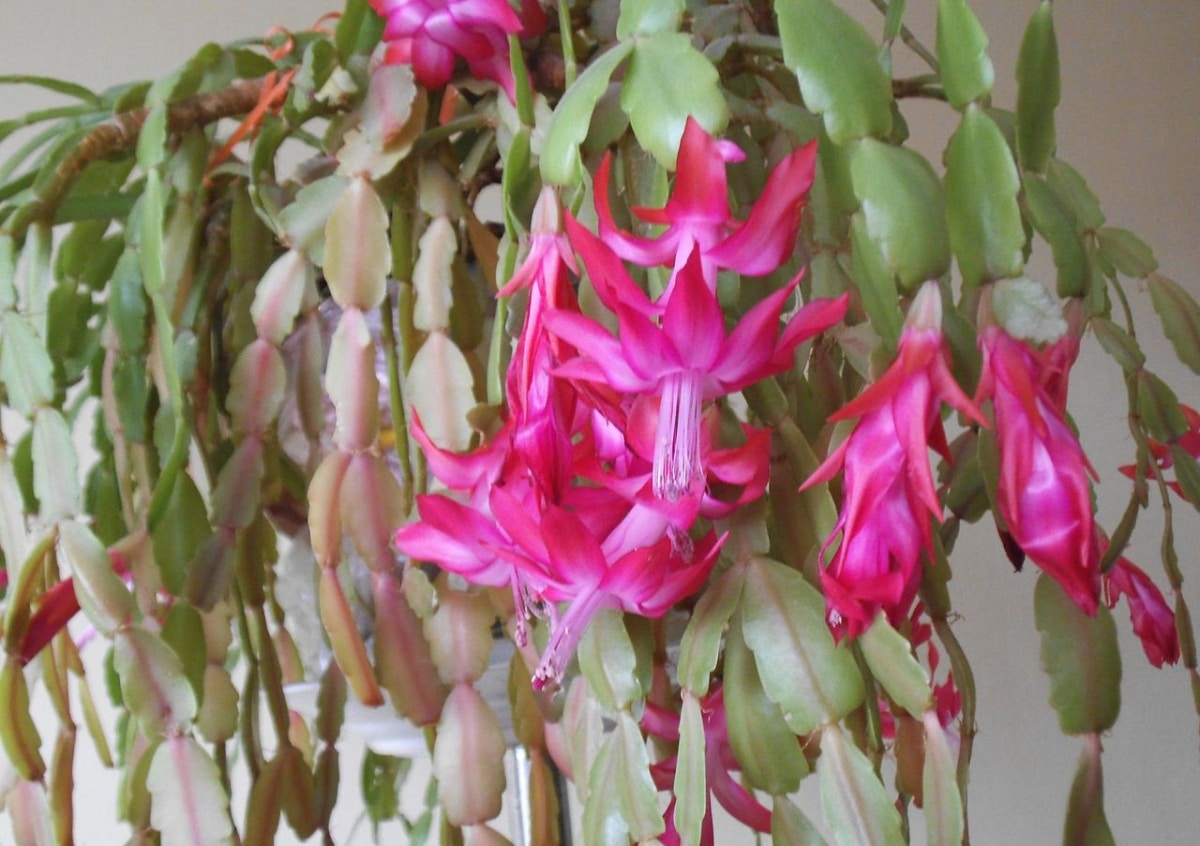
Image - Wikimedia / Gabriel VanHelsing
I hope it has been of interest to you.